LONGCOT
Longcot
is a village of 500 or so residents,
centred around the small triangular Green with an ancient
slate-roofed pump.
Longcot
is an attractively interesting mix of old and 20th century
houses and cottages. For most of its history the village
was an agricultural community, but the construction of
the Wilts
and Berks Canal and Longcot Wharf in early 19th Century
led to an increase in the population. Longcot Wharf was
the busiest wharf on this section of the canal, due to
its proximity to Faringdon. The arrival of the Great Western
Railway in 1841 led to a decline in commercial traffic
on the canal and this ceased completely in 1902.
The Parish Church of St Mary the Virgin, at the edge of
the village on the Fernham road, was constructed in the
13th Century, but most of the the windows are later. For the history and full information about St. Mary's Church click here.
The
well-known prehistoric hill figure, the Uffington White
Horse can be seen from parts of the village. This is ca rved
into the hillside above the nearby village of Woolstone and can be seen from miles around, with the best views
probably from the London to Bristol railway line which
runs to the south of the village. Uffington White Horse
is by far the oldest of all Britain's hillside white horse
figures and there have been many theories about its origin.
These theories and the and many myths about the White
Horse and its surrounding landscape are explored on David
Nash Ford's Royal Berkshire History.
rved
into the hillside above the nearby village of Woolstone and can be seen from miles around, with the best views
probably from the London to Bristol railway line which
runs to the south of the village. Uffington White Horse
is by far the oldest of all Britain's hillside white horse
figures and there have been many theories about its origin.
These theories and the and many myths about the White
Horse and its surrounding landscape are explored on David
Nash Ford's Royal Berkshire History.
The
King and Queen, the village pub on the edge of the village,
was closed at the time of my visit. Anyone want to take
it on?
Longcot
is south
of the A420 and east of Watchfield along the B4508, the Fernham road.
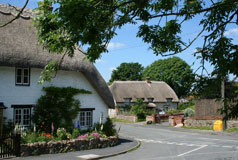
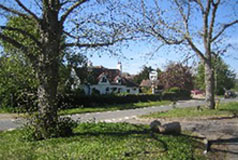


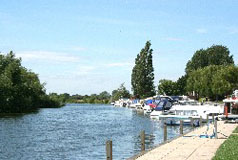
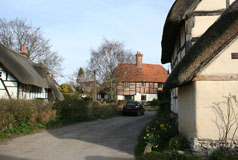
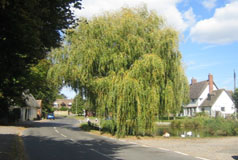



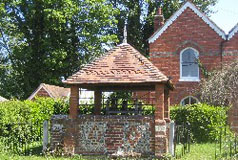
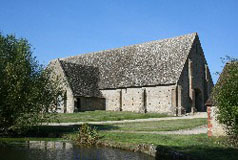

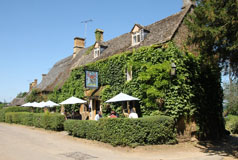



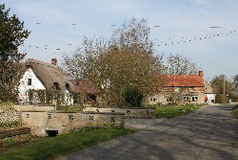
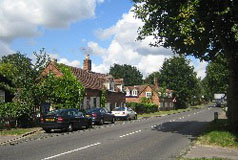


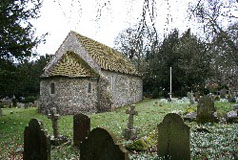
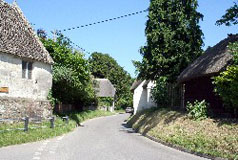
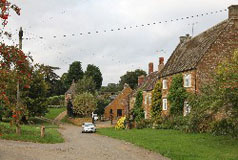
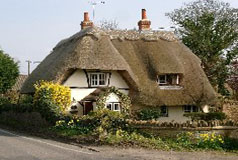
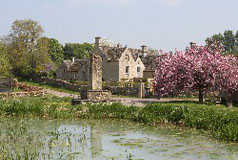
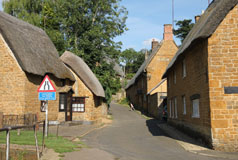

 rved
into the hillside above the nearby village of
rved
into the hillside above the nearby village of 



